
This summer I took a very cool tele-class from Liz Koch, of Core Awareness. In this 5 week series we explored the location and function of the psoas and its relationship to the nervous system and our "fight/flight/freeze" response, to our emotional well-being and to our skeletal support.
The psoas is centrally located: emerging from the midline at thoracic level 12, attaching to every lumbar vertebra and inserting into the inner thigh at the lesser trochanter.
The psoas allows the lower limb to move and swing a as a pendulum: multidirectional/orbital.
As a physical therapist I see many people with SI dysfunction, hip and back pain. In almost all cases, the psoas is the top priority to rehabilitate. On muscle testing the psoas is usually weak, and the flexibility test is usually tight. What I have come to understand through this tele-class, through my training as a Restorative Exercise Specialist™ and as an NKT™ practitioner, is that rather than manipulate the psoas through deep tissue work and stretching, the psoas needs to rehydrate and recover from over-exhaustion.
I have compiled my favorite top 10 ways to release, rehydrate and restore the psoas. It is helpful to perform a release before going onto the movement sequences. Some of these are from Liz Koch's book, "The Psoas Book" and some are from the Whole Body Alignment Program.

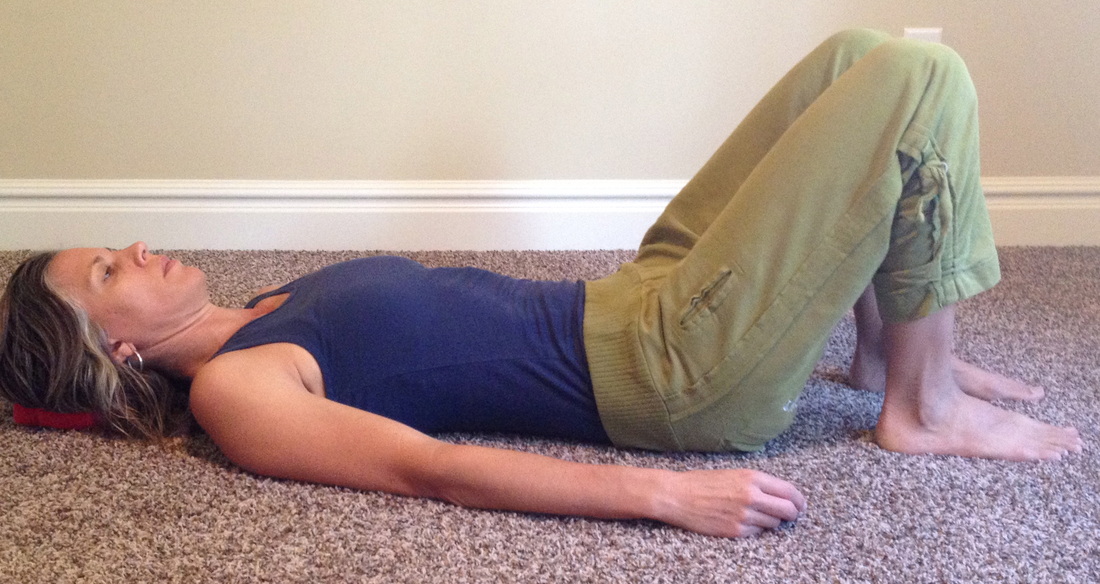
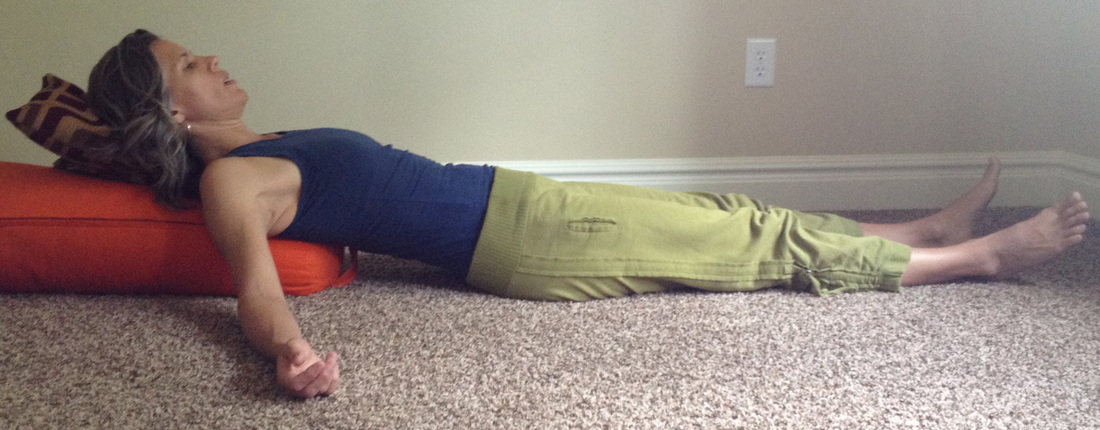
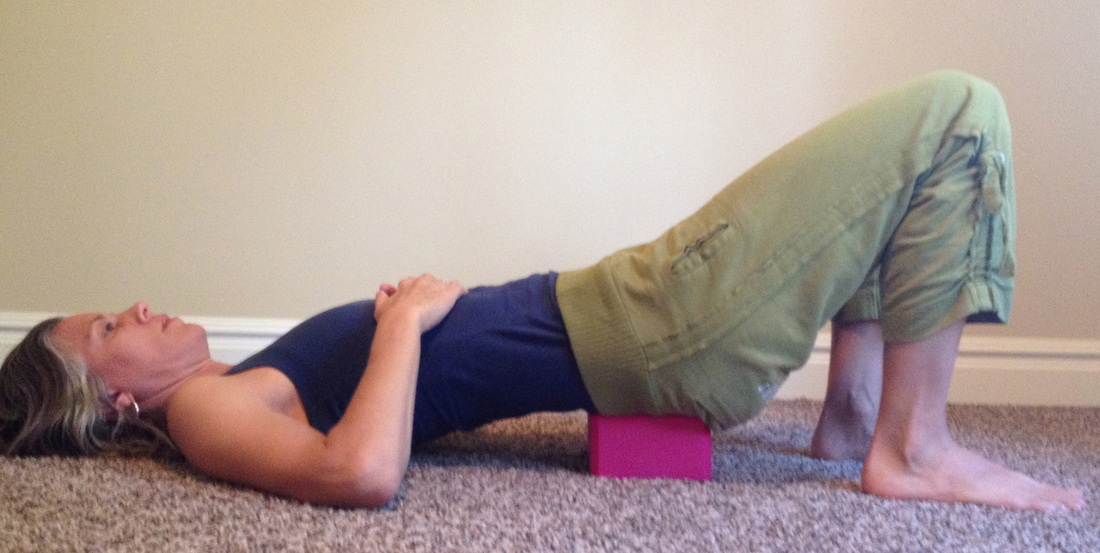
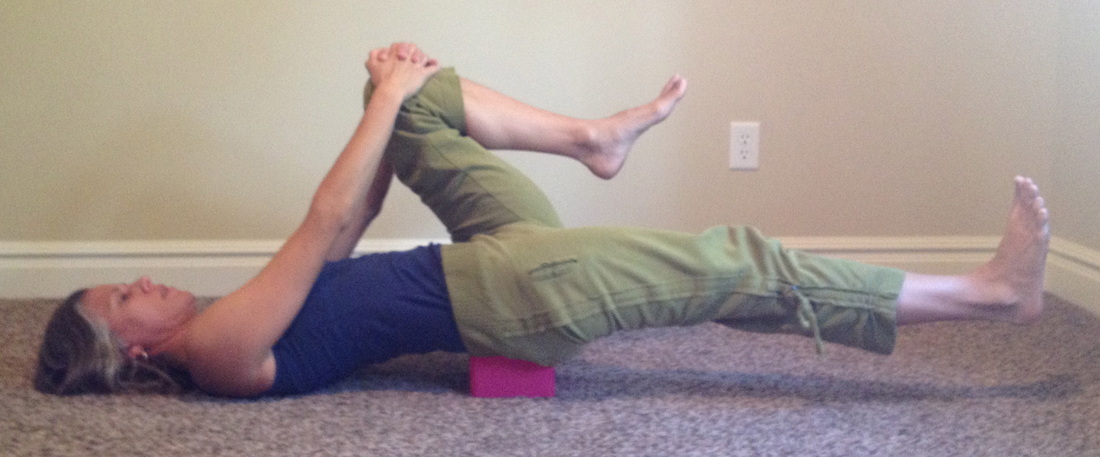
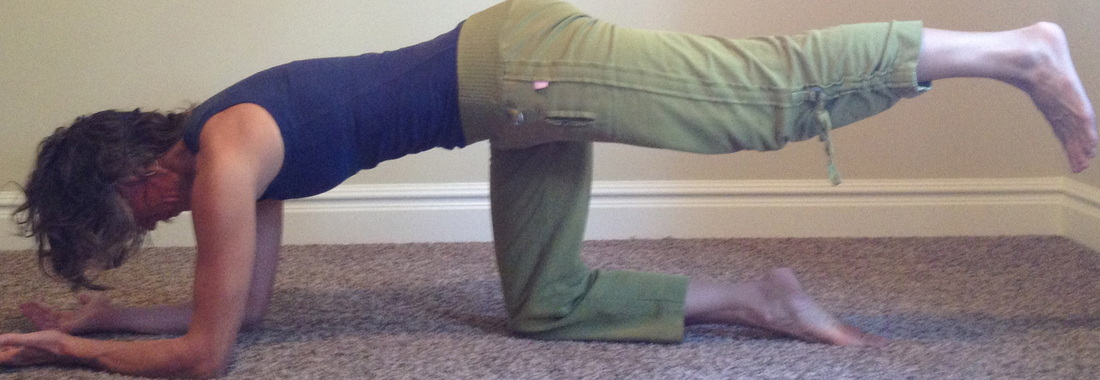
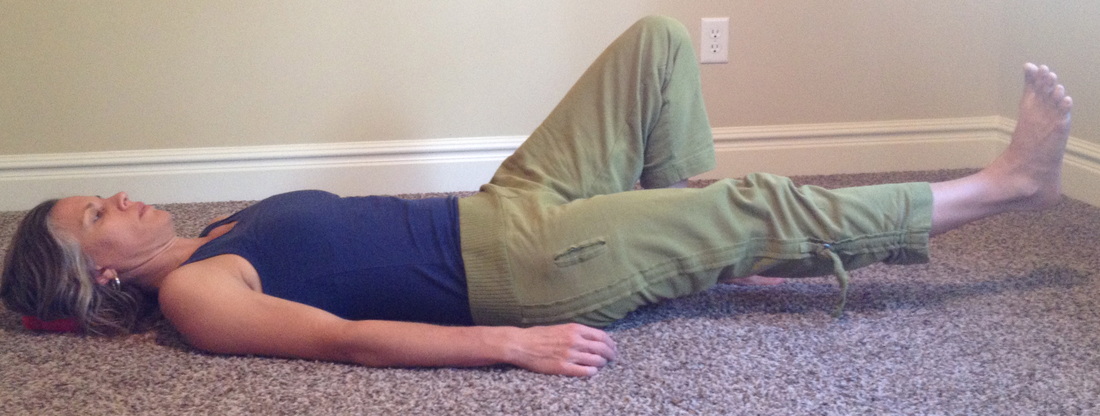
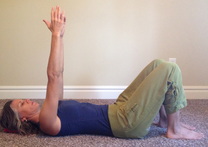

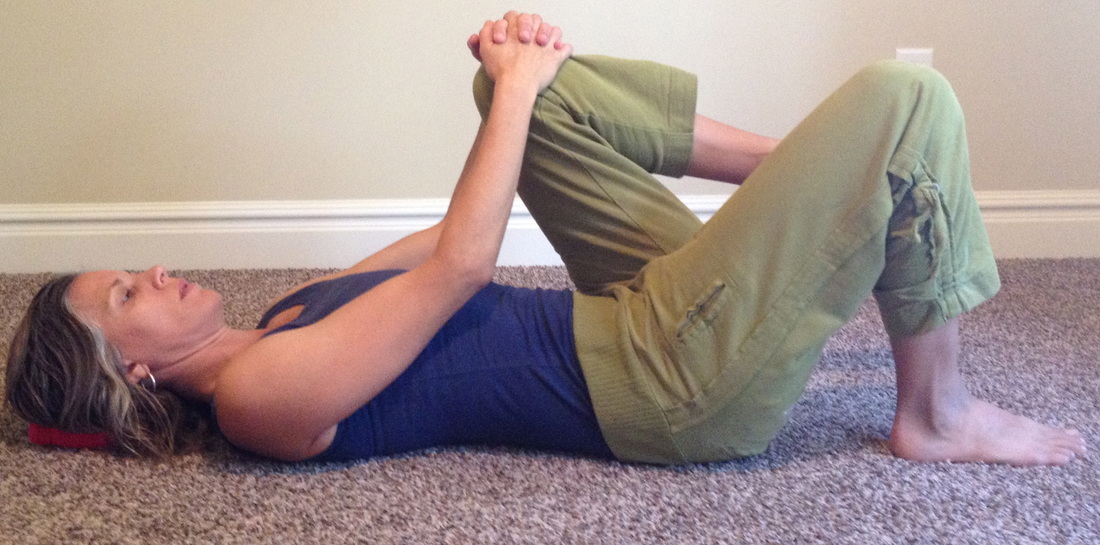







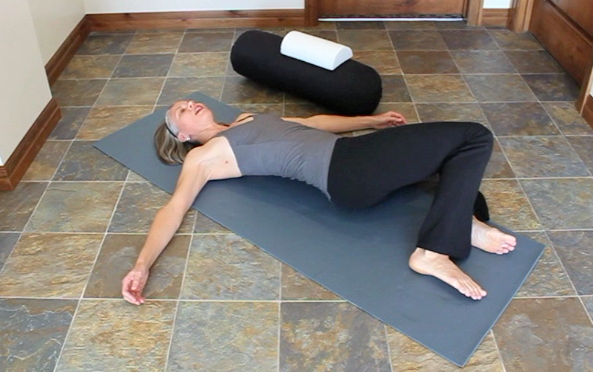
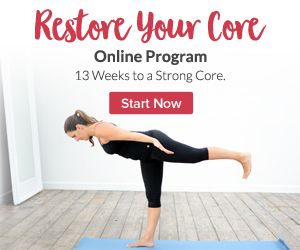

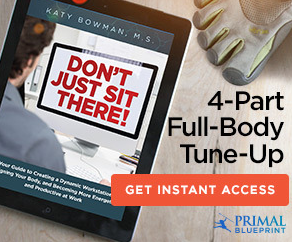
 RSS Feed
RSS Feed